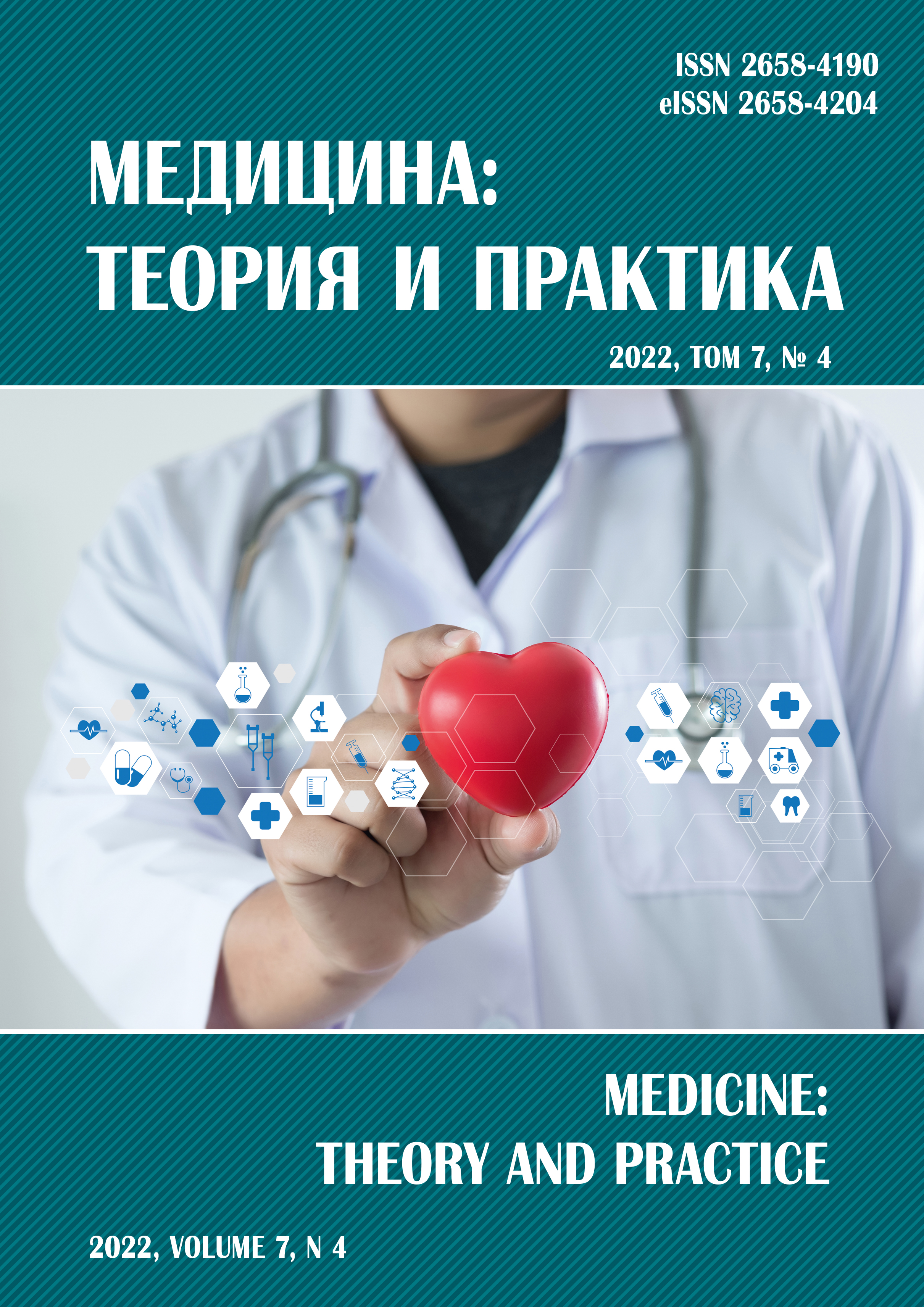FEATURES OF THE INTESTINAL MICROBIOME IN CHILDREN WITH A NEW CORONAVIRUS INFECTION
Abstract
Changes in the composition of the gut microbiota have a major impact on human health. There is great interest in identifying changes in the composition of the microbiota, characterizing and understanding the factors that initiate these changes. It was found that in children the frequency of gastroenterological symptoms in this disease, according to different authors, ranges from 5 to 66 %. In adults, diarrhea occurs with a frequency of 7.2-8.2 %, nausea or vomiting 7.1-8.5 %, abdominal pain 2.0-3.4 %. The SARS-CoV-2 virus is thought to damage the intestinal wall and increase intestinal permeability, allowing viral particles to enter the bloodstream and cause severe disease and alteration of the microbiota. This is associated with the detection of the virus in the intestine and the disruption of the composition of the intestinal microbiota. The article presents the results of fecal 16S rRNA sequencing to assess intestinal microbial diversity and fecal PCR in children with a new coronavirus infection. The fecal microbiome and stool PCR for SARS-CoV-2 were assessed in 35 children from 3 to 14 years old with a PCR-confirmed throat swab of a new coronavirus infection, including 21 boys and 14 girls. Fecal sampling for the study was carried out at the time of diagnosis, 2 weeks after the start of observation, and 1 month later.



